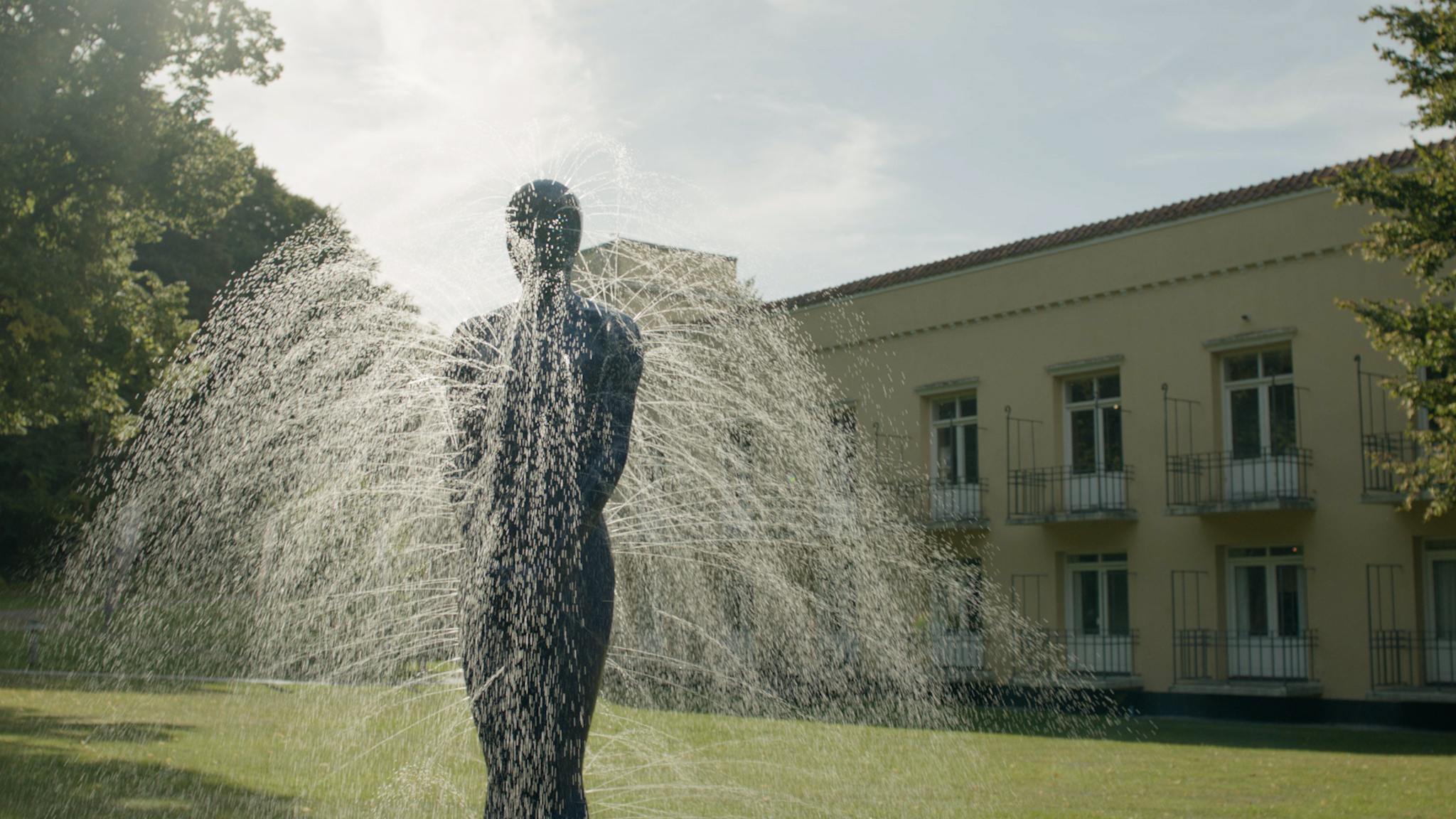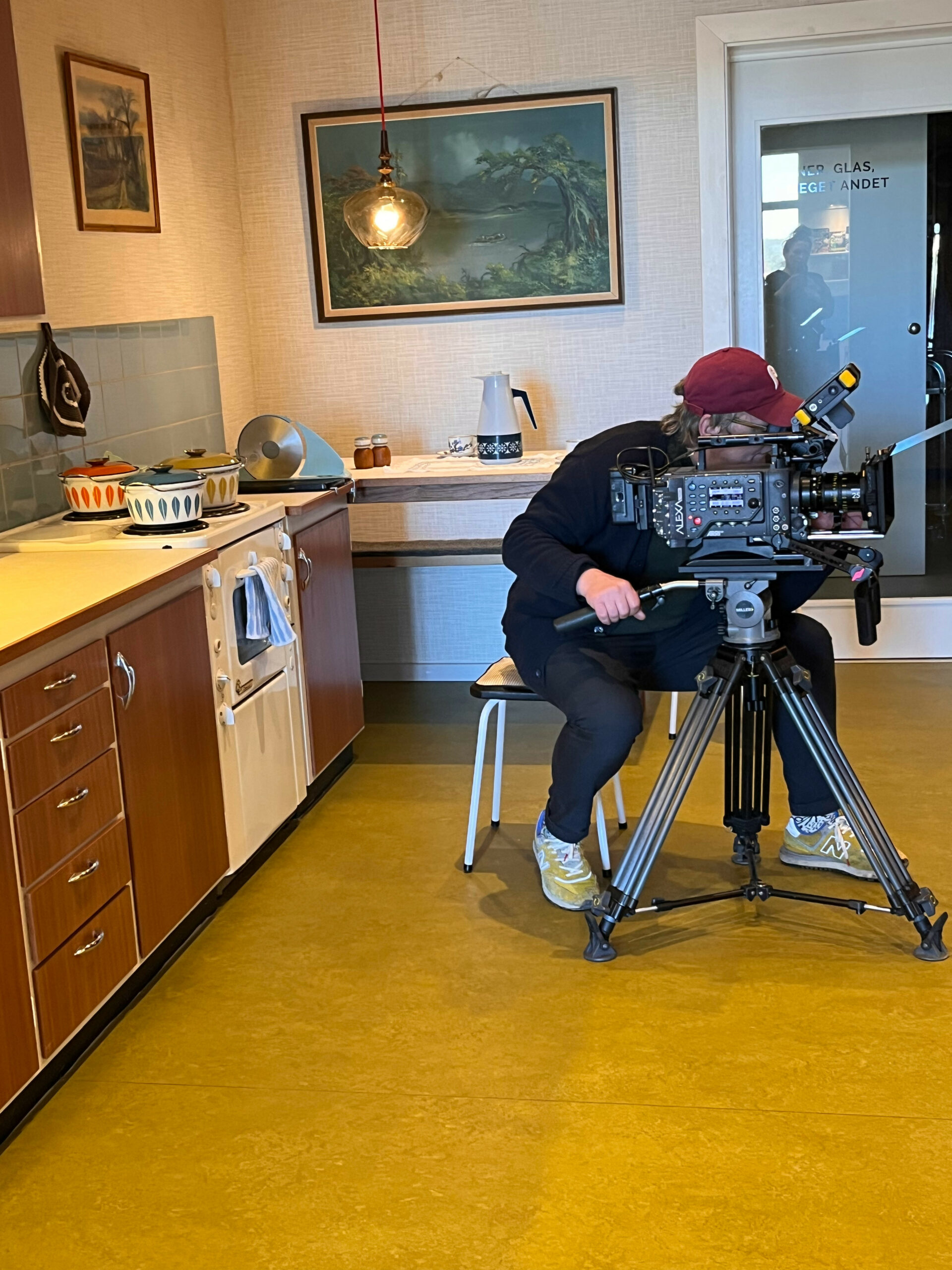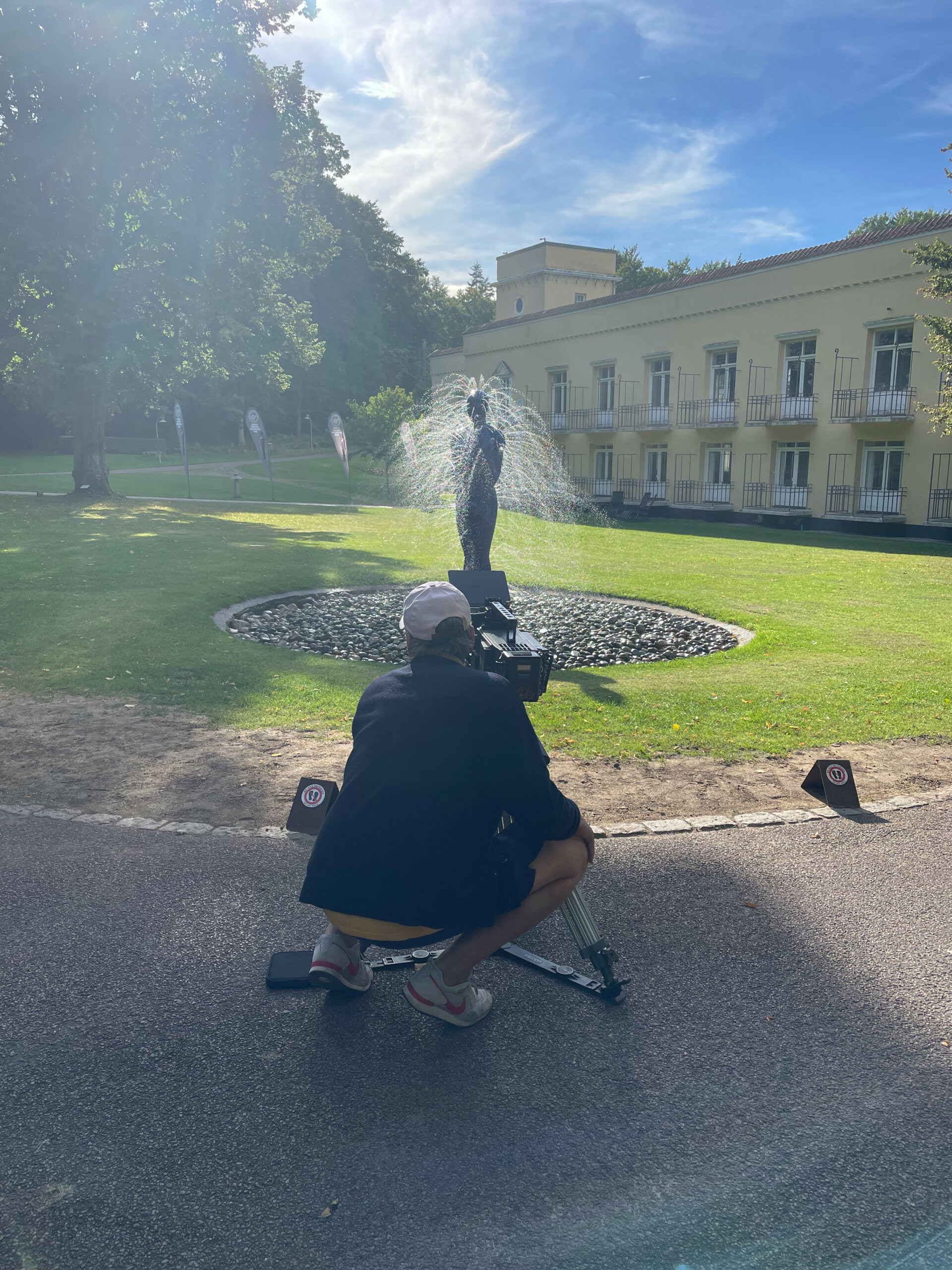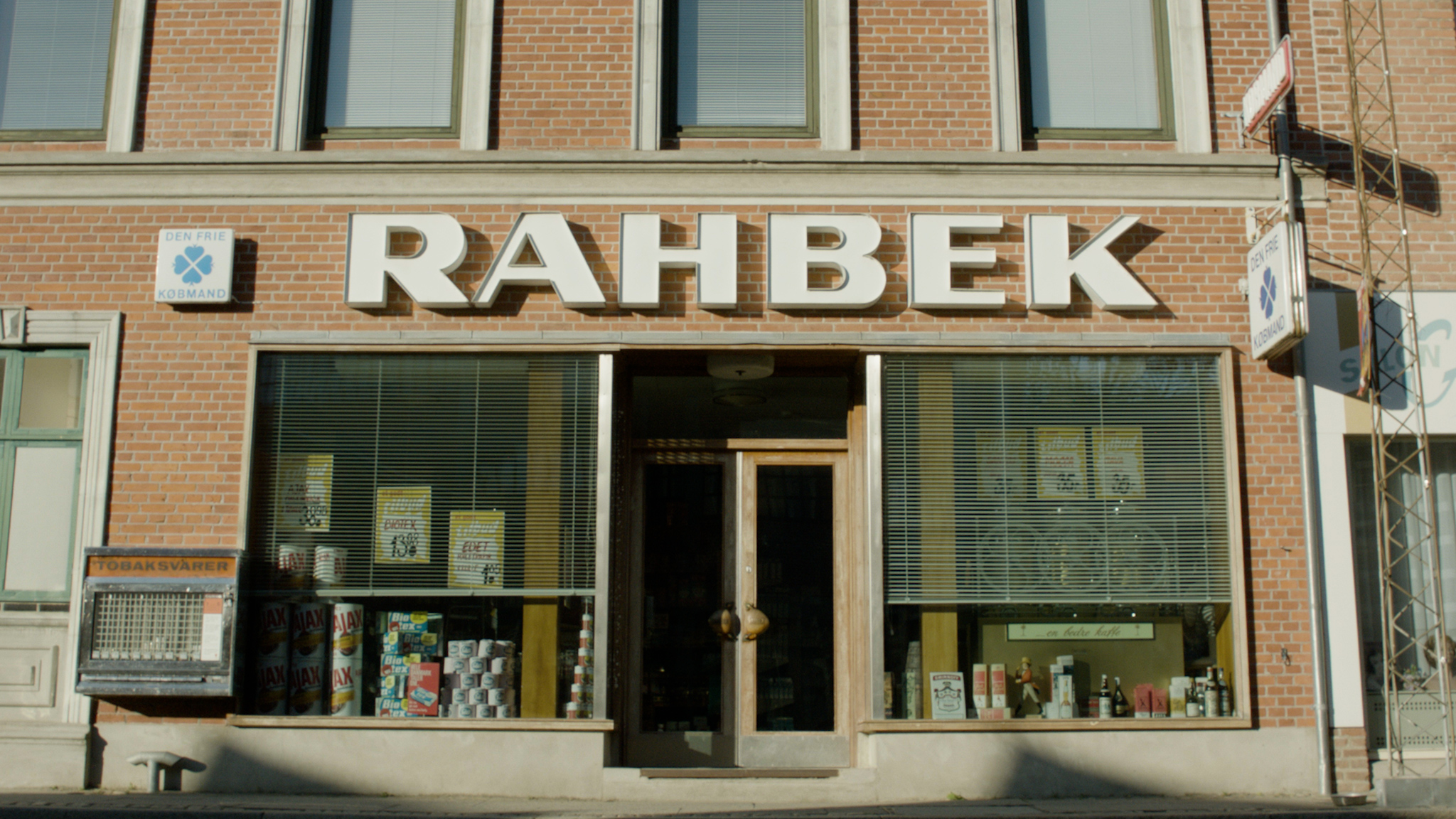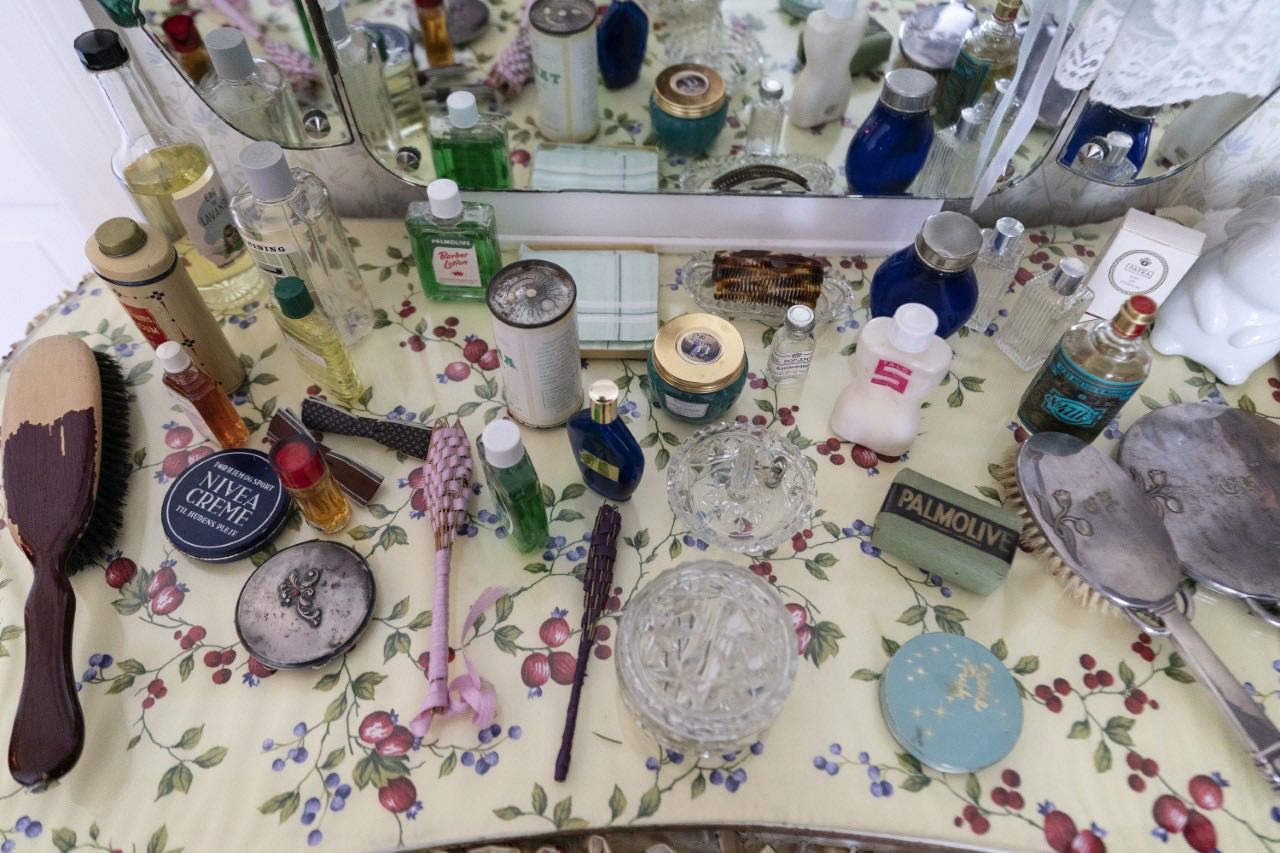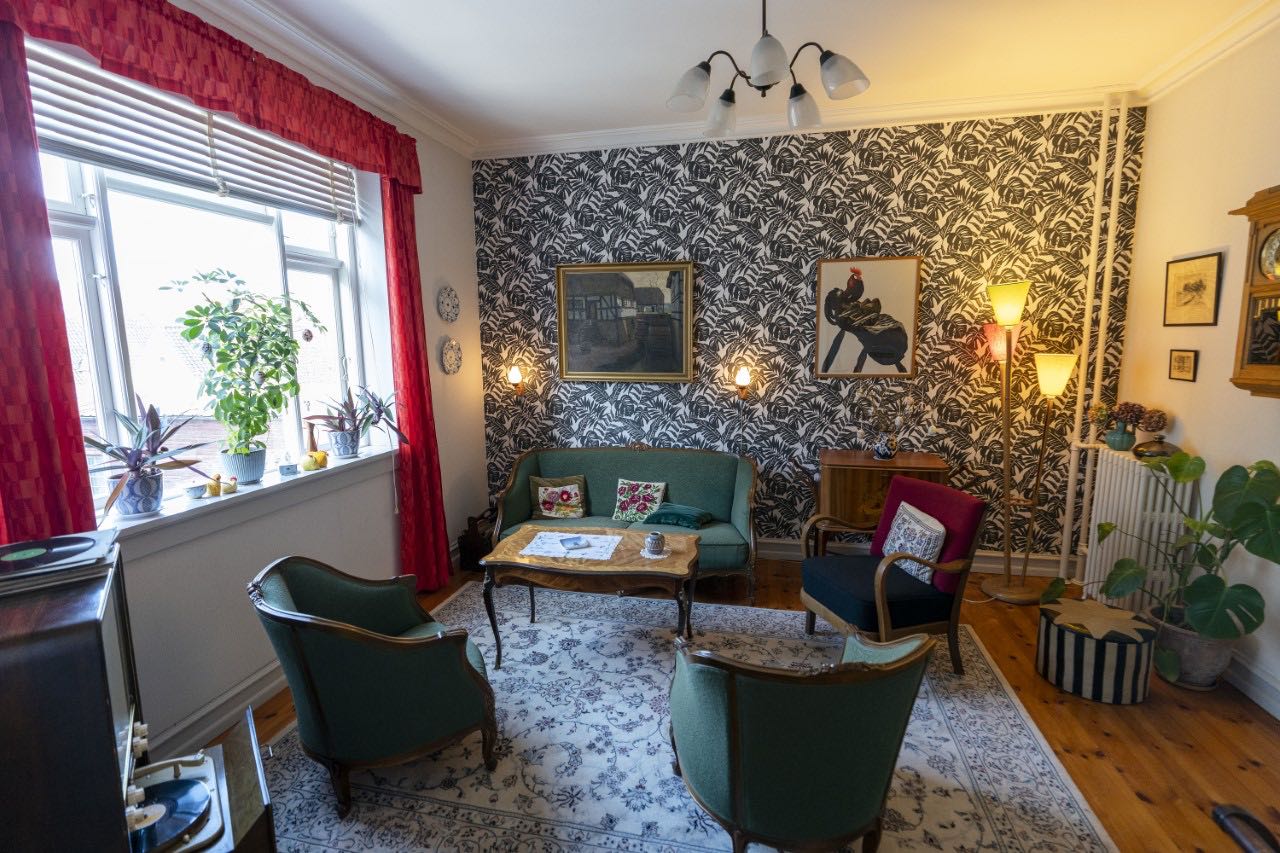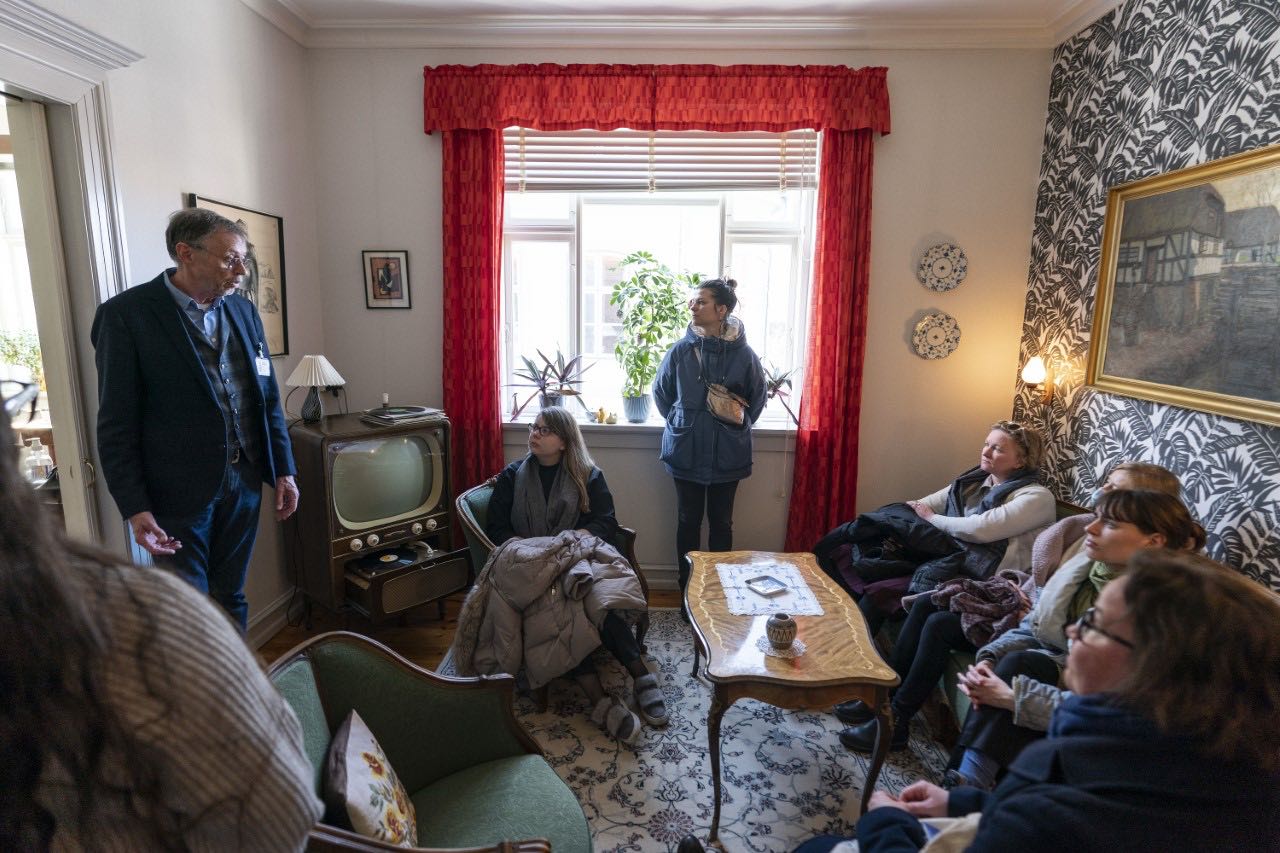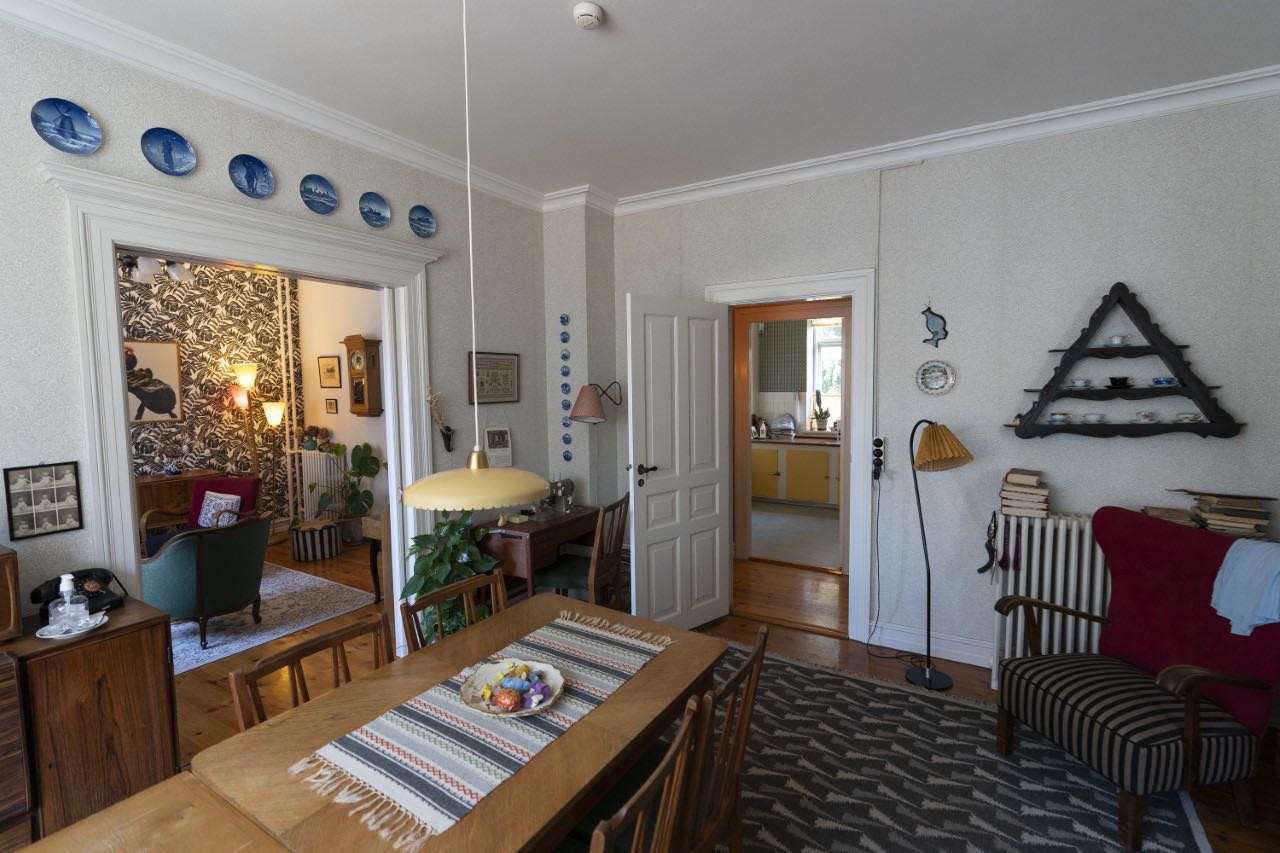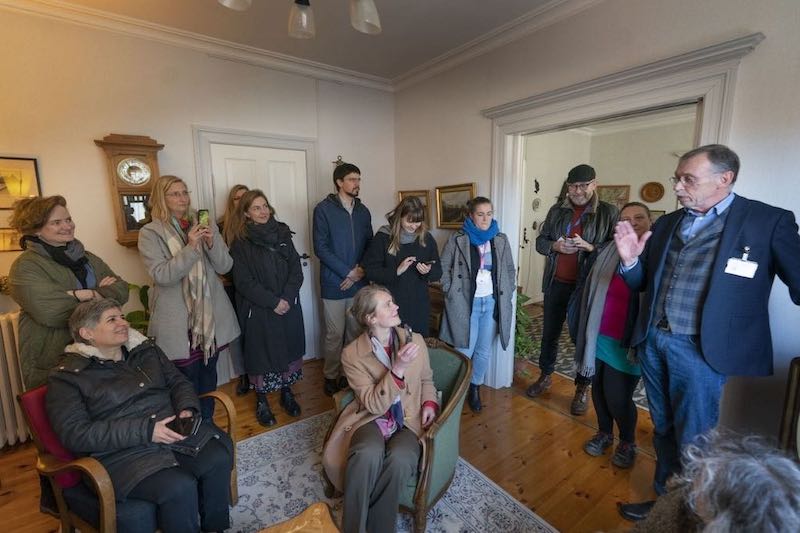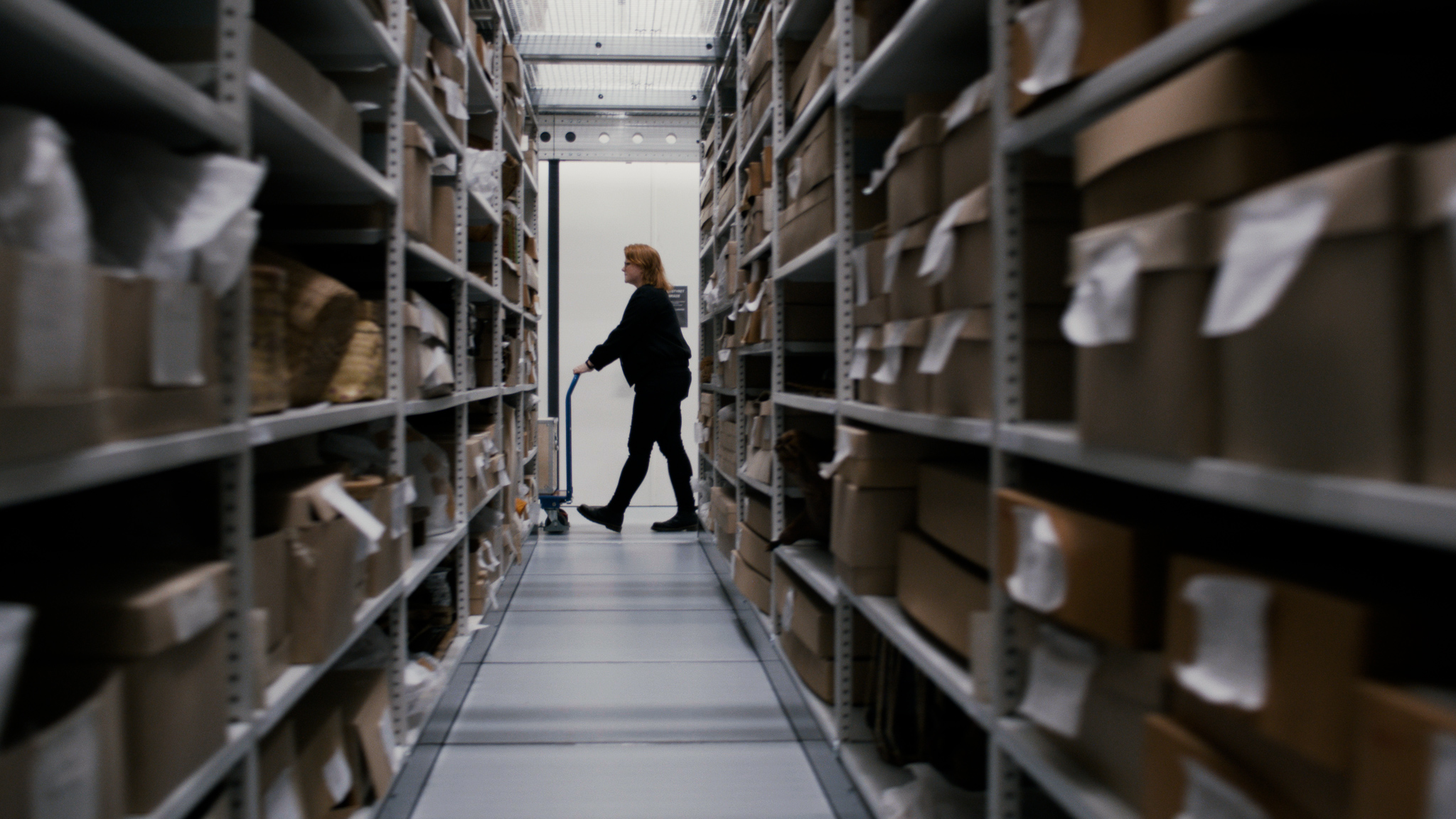"Culture Together - Art and Culture in Nursing Homes"
This project was implemented by Mapia, a private consultant company with expertise in dementia, and Den Gamle By, an open air museum in Aarhus, Denmark.
Context
In Denmark, 90,000 people suffer from dementia, and approximately 80% of people living in nursing homes have some sort of cognitive disability. Nursing homes struggle to provide care beyond the basics. In 2017, the Department of Health published a national plan to improve the quality of life for people living with dementia.
Since 2004, in collaboration with Aarhus Municipality, Den Gamle By has developed and worked on special memory programs for older adults and those affected by dementia. The museum's immersive environment provides sensory experiences that can evoke memories in individuals with dementia. In historically authentic settings, visitors are able to access memories through sounds, scents, and taste experiences that the disease may otherwise restrict. In 2012, the museum established a dedicated apartment for memory facilitation. In doing so, Den Gamle By has taken on a significant social responsibility and helped bridge the gap between the cultural and social spheres. However, the most vulnerable older adults affected by dementia often do not have the opportunity to participate in the memory programs at the museum.
Therefore, in collaboration with Mapia, specialists in dementia and project management within this specific field, Den Gamle By has developed this project to create a method for bringing culture to the most vulnerable older adults who are unable to physically visit the country's cultural offerings.
The project involves six different cultural actors. It has been important for the project to include a wide range of art and cultural actors distributed across the entire region in order to obtain the broadest possible input for developing and testing the method.
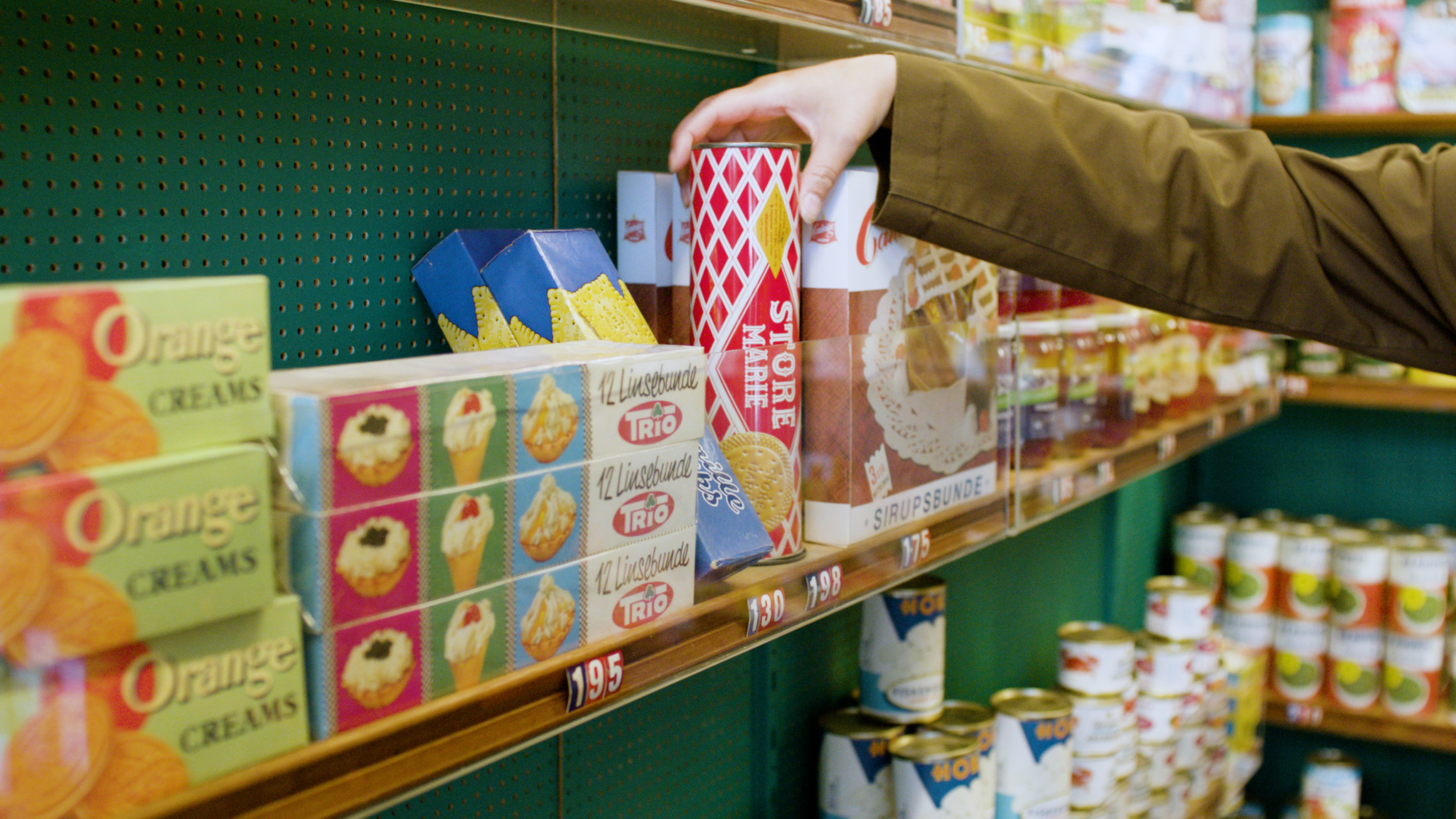
Intervention
Arts and Culture in Nursing Homes aimed to improve the quality of life for people with dementia living in care centres. The project involved a collaboration between 6 arts and culture institutions and a company with expertise in dementia, who investigated whether the implementation of art and culture could contribute positively to the quality of life for nursing home residents with dementia, potentially reducing the use of antipsychotic drugs. The project recognized the importance of arts and culture in improving both the quality of health and quality of life for people with dementia.
Objectives
- To improve the quality of life for people with dementia living in nursing homes and reduce the use of antipsychotic drugs through improved care.
- To develop a concrete method for art and culture institutions to convey their art and culture in a way that is designed for people who suffer from dementia and are living in nursing homes.
- To collaborate with dementia expertise and different arts and culture offers in Central Denmark Region to create an impact on the nursing home residents' well-being through the combination of knowledge and implementation of art and culture.
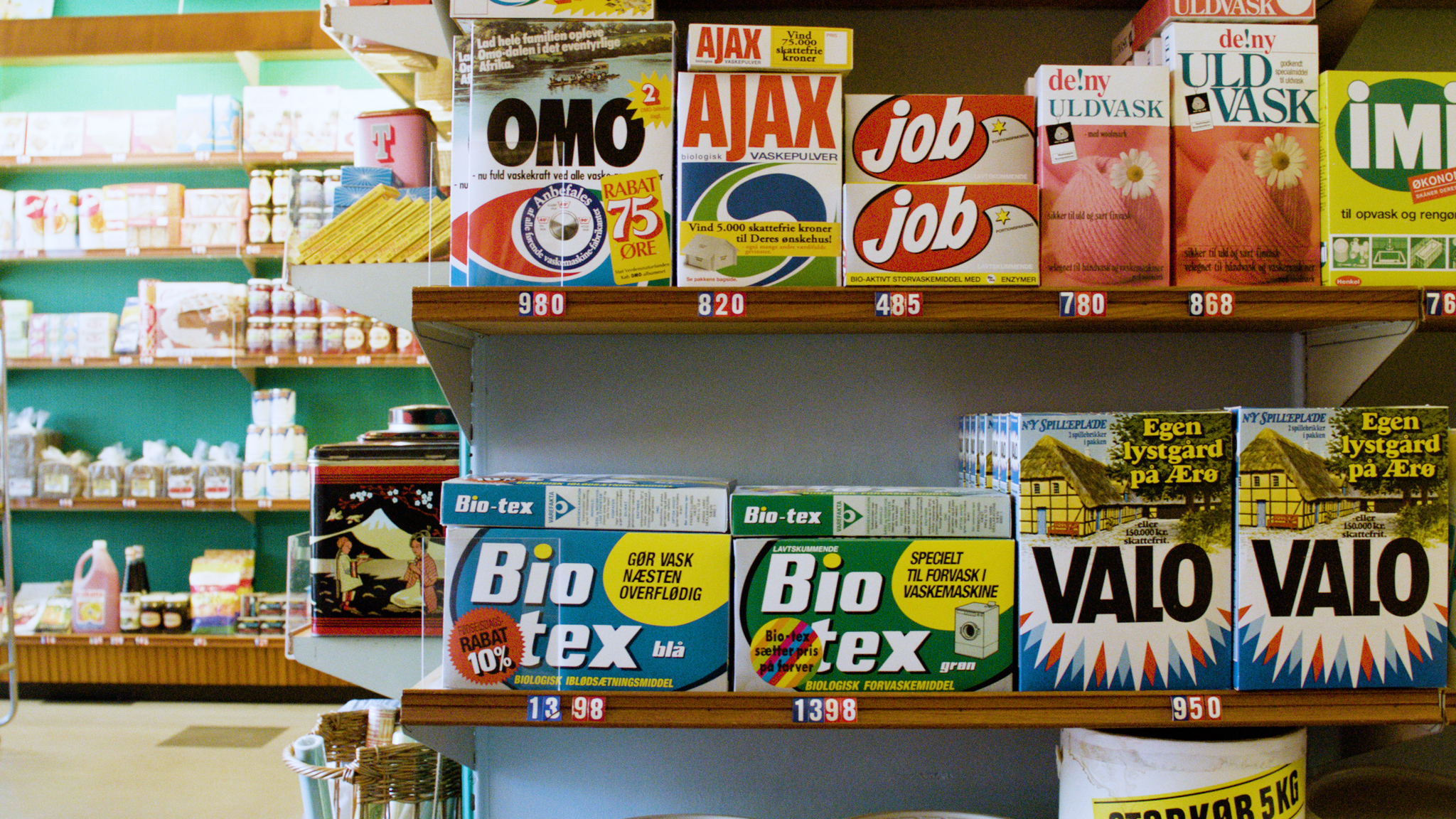
Format
Arts and Culture in Nursing Homes was a collaborative project between 6 arts and culture institutions in the Central Denmark Region; Moesgaard Museum, Viborg Museum, Art Centre Silkeborg Bad, the Green Museum, Den Gamle By and the non-profit organization Danish Nursing Home Clowns (a non-profit and charitable association working to promote the use of professional clowns in elderly care and the healthcare sector.), and Mapia, a private consultant company with expertise in dementia.
Each cultural actor, in collaboration with Mapia, has developed a communication offering/activity specifically designed for the most vulnerable elderly individuals in the country's nursing homes.
The duration of the activity is between ½-1 hour. The method is developed, tested, and continuously adjusted. Throughout the process, there is ongoing expertise and supervision in the field of dementia.
Den Gamle By's contribution is based on the museum's Memory Communication (as described in the first paragraph). The museum's immersive environment provides sensory experiences that evoke memories. In historically authentic settings, visitors are exposed to sounds, smells, and tastes that unlock memories the disease otherwise restricts access to. Den Gamle By offers visits in a 3-room apartment designed as a complete time capsule from the 1950s, where visitors are allowed to touch, taste, and participate in practical tasks. They are invited inside, shown around the apartment with its many objects, and offered coffee, cake, and communal singing.
In the project Culture Together, the professionals from Den Gamle By aims to build upon this offering and, as far as possible, bring this atmosphere to the residents of the country's nursing homes. They wanted to create a small set-up where a coffee table, objects, sounds, and scents become the focal point for social interaction, presence, and time for the memories that arise. During the visit, they play a short 10-minute film to capture some of the atmosphere from the museum.
Art Centre Silkeborg Bad, which is an art center located in an old spa, nestled in nature, will present a simple exhibition through images and sound, aiming to recreate the experience of tranquility and relaxation the place is known for. Water from the Arnakke Spring, which supplies the area with spring water and plays a significant role for Silkeborg Bad, will be served, along with a film featuring calming and meditative sounds of water, wind, and wordless music.
The Green Museum, Denmark's national museum responsible for conveying the cultural history of hunting, agriculture, forestry, and food, will bring objects from their collection and seasonally relevant topics, such as fresh herbs and rhubarb from historical gardens or a bag of sawdust from a newly felled tree.
The Danish Nursing Home Clowns will create a sensory performance focusing on light and darkness.
Each cultural actor thus develops a unique presentation tailored to the target audience, based on their own collection or raison d'être.
Impact
The project's timeline has been adjusted since the beginning of the project due to the ongoing impact of the coronavirus, which has continued to affect Danish nursing homes throughout 2022 and the winter of 2023.
Consequently, during this period, it has not been possible for the project team to visit the nursing homes and test the cultural offerings with the target audience.
The project group expect the first visits to the nursing homes to take place in June 2023, and they anticipate completing the visits before the end of the year, by the 2023/2024 New Year's transition.
Knowledge and experiences will be gathered through observations, interviews, and questionnaires (interviews and questionnaires will particularly target staff members and relatives).
The pilot project was carried out by Mapia and Den Gamle By in Aarhus in collaboration with Moesgaard Museum, Viborg Museum, Art Centre Silkeborg Bad, the Green Museum, and the non-profit organization Danish Nursing Home Clowns
The project is funded by Central Jutland Region

